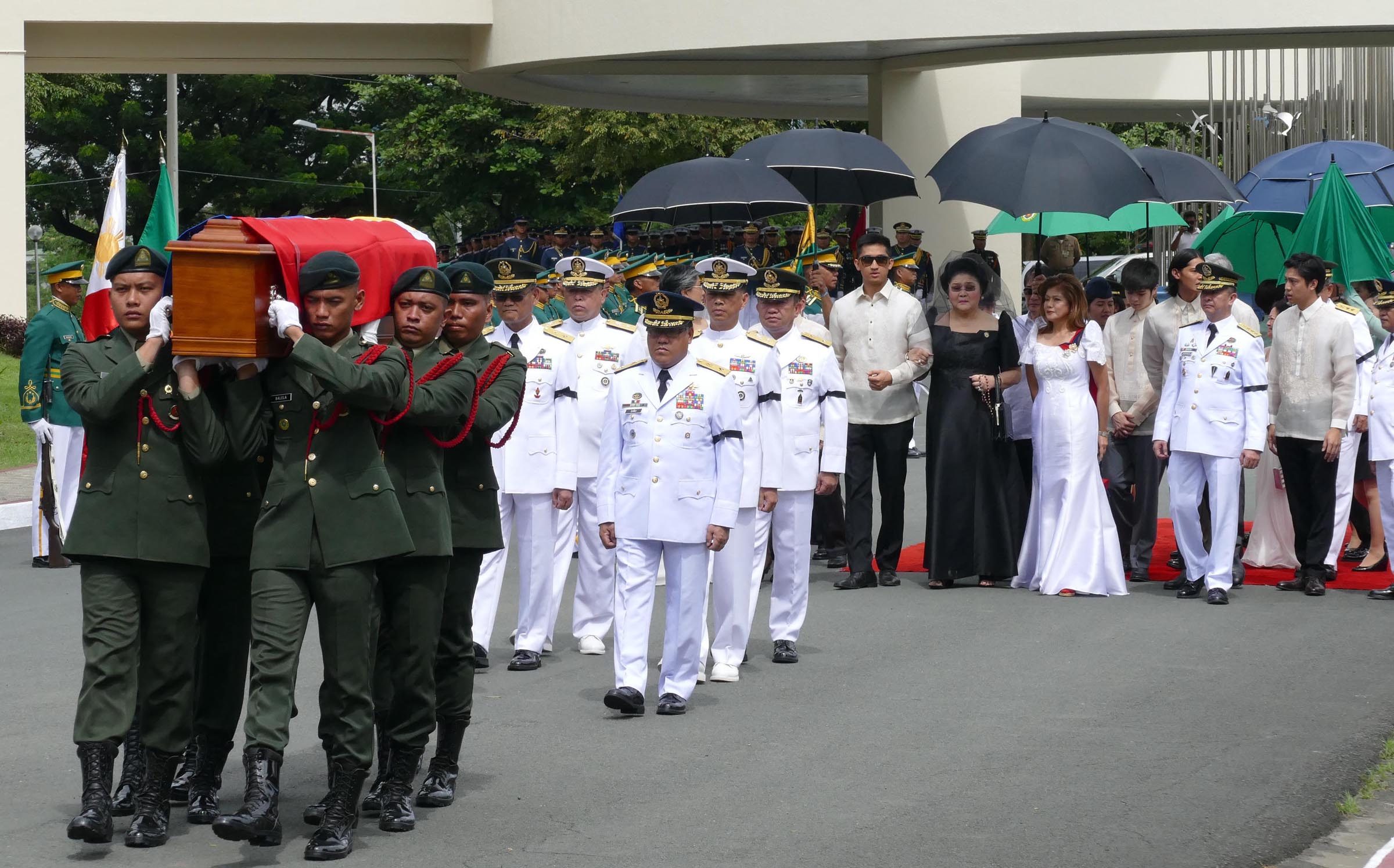SUMMARY
This is AI generated summarization, which may have errors. For context, always refer to the full article.

[This is an unfinished essay. I designed this so that others who were victims or were severely affected by the Marcos dictatorship, can add their stories. My hope is that if this pulls through we will have a site where the different voices that were silenced or eliminated by the dictator Marcos can be read by those wanting to know what happened during those 15 terrible years. Many have complained that one reason the Marcoses were able to resurrect themselves politically is that we do not have enough stories to share with people, especially the younger generation. This is an attempt to build that cache of stories.]
When I received the news of the stealth and celerity behind the interment of the dictator Marcos’ defrosted carcass, I was crying in anger, but not so much over the billions that he and his family and cronies stole from the country. I was angry because the interment brought back painful memories of the violence that Marcos’ 15-year autocracy had wrought upon my generation.
Three experiences are permanently seared in my mind.
I was a freshman when Marcos declared martial law. I still remember puzzling over why radio stations were silent, and upon going down the DM bus at the entrance of UP Diliman, for my weekend ROTC training, we were told by soldiers to go home. When I reached my aunt’s apartment I saw her and her family glued to the television, watching the dull Francisco Tatad, Marcos’ Josef Goebbels, read the declaration. An hour or two later, Marcos himself appeared on TV, and with his usual bluster, justify why he was establishing “constitutional authoritarianism” to the hapless Filipinos.
UP was closed for the rest of the semester, and when it reopened, some of the new friends I had did not return. I was later told that many of them decided to join the NPA or go underground to rebuild the communist party’s temporarily shattered urban infrastructure. Those who resumed their classes found themselves in this strange, eerie environment: entrances into buildings had police checking everything, and sleazy looking men and women were hanging around the corridors ever on the lookout for “subversives.” Some even tried to look like students. They were bad at it. Finally, new teachers had taken over certain classes, especially in the social sciences (but also in some of the physical sciences), informing us that their predecessors were unavailable at the moment.

The third happened closer to home. On the eve of martial law, evacuees from Lanao del Sur began crossing Panguil Bay to my hometown of Ozamiz due to the worsening skirmishes between the cult group Ilaga and the Maranao Barracudas. After martial law was declared, however, these small arms fire between a nasty band of ear-cutters and live-eaters versus private armies of Moro politicos, had turned into a full-blown conventional war.
The national state had sent the bellicose might of its army to quell what was now an armed separatist rebellion that united the different Moro classes and ethnic groups and which was well-funded by Libya and Malaysia. The war shocked our sleepy town. The evacuee camp continued to grow and was a major source of discomfort for many of us, given the poor state of these families, especially the children. For a while the close ties between Maranaos and Ozamiznons were frayed and only after the AFP reduced its presence in Lanao del Sur were these restored.
The most painful memory for us Pingol Street habitués was the loss of two of our friends. They were conscripted into the military because their parents could not afford a college education for them. One joined the Army, the other the Constabulary. Both came back but in cheap wooden coffins and, we, Pingol Street habitués were never the same after that.
For the next 40 years, I tried to forget these memories, or when I cannot, I write snippets of one or the other. The news of the interment brought all 3 stories back. And this time, instead of forcibly disregarding them, I decided to write about them.
Now it is your turn. – Rappler.com
Add a comment
How does this make you feel?
There are no comments yet. Add your comment to start the conversation.